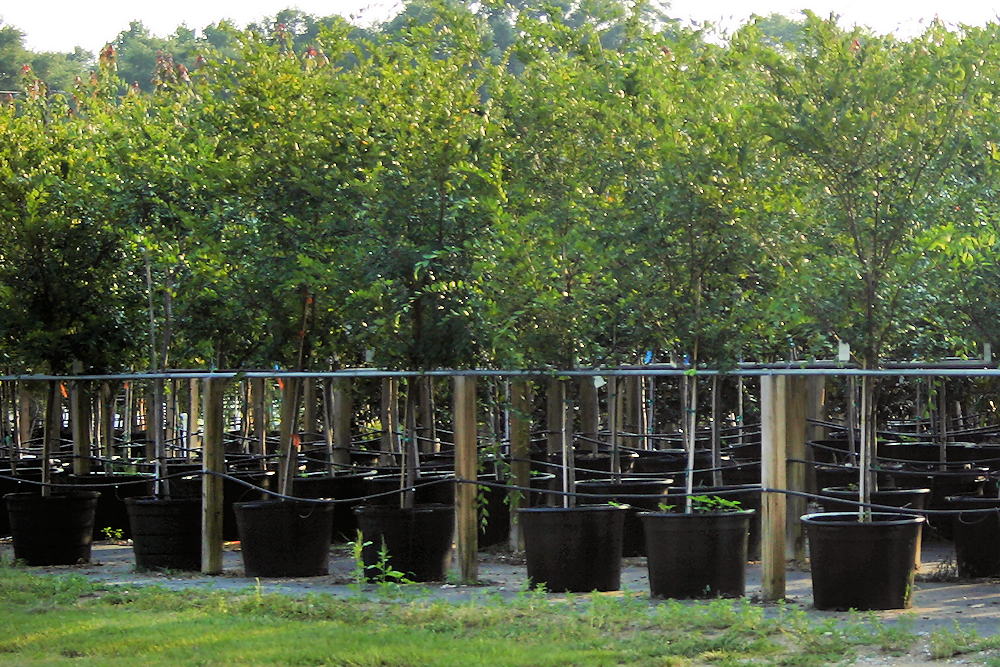As the vibrant hues of summer give way to the golden tones of autumn, many gardeners might think it’s time to hang up their trowels. However, autumn is a prime time for planting, offering unique advantages that can set your garden up for success come spring. In this article, we’ll explore the essentials of autumn planting, from the tools you need to common mistakes to avoid, ensuring that your gardening efforts are fruitful.

Why Autumn is Perfect for Planting
1. Cooler Temperatures, Happier Roots
Autumn’s cooler weather provides an ideal environment for plant roots to establish without the stress of summer heat. The soil remains warm from the summer months, promoting root growth, while the air cools down, reducing the risk of transplant shock.
2. Moisture Management
Fall typically brings more consistent rainfall, reducing the need for frequent watering and helping plants establish a strong root system before winter dormancy.

Essential Tools and Supplies for Autumn Planting
1. Quality Soil Mix and Amendments
For successful planting, ensure you have a high-quality soil mix enriched with organic matter. Adding compost or well-rotted cow manure can improve soil structure, providing essential nutrients and aiding in water retention.
2. Mulch
Mulching is crucial in autumn to maintain soil moisture, regulate temperature, and protect new plants from frost. Use organic mulches like bark chips or straw for the best results.
3. Appropriate Gardening Tools
Basic tools like a sturdy spade, trowel, and pruners are essential. Consider using ergonomic tools to reduce strain during extended planting sessions.

Dressing for the Season: What to Wear
Autumn planting can be chilly and wet, so dressing appropriately is key. Wear layers to adjust to changing temperatures and opt for waterproof outerwear to stay dry. Sturdy, waterproof boots and gardening gloves with good grip will protect your feet and hands from cold and moisture.
Tree Seedlings vs. Shrubs: Key Planting Differences
When it comes to planting tree seedlings and shrubs, there are a few distinctions:
- Root Systems: Tree seedlings generally have deeper root systems that need careful placement to ensure stability and growth. Shrubs, with their shallower roots, can be planted slightly higher to avoid waterlogging.
- Spacing: Trees require more space to accommodate future growth, while shrubs can be planted closer together to create dense borders or hedges.

Ornamental vs. Fruit Trees: What’s the Difference?
Ornamental trees are typically planted for their aesthetic appeal, while fruit trees need more attention to placement, soil quality, and sun exposure to ensure fruit production. Fruit trees may also require more regular pruning and fertilization compared to ornamentals.

Autumn vs. Spring Planting: The Pros and Cons
Advantages of Autumn Planting
- Less Watering Required: Autumn’s natural rainfall supports new plantings, reducing the need for manual watering.
- Strong Root Establishment: Plants focus on root growth in the fall, leading to stronger, more resilient growth in the spring.
Disadvantages
- Limited Plant Selection: Nurseries may have a smaller selection of plants in autumn compared to spring.
- Risk of Early Frosts: Late planting may expose young plants to early frosts, which can damage or kill them.

Common Mistakes to Avoid During Autumn Planting
- Planting Too Late: Ensure you plant early enough in the season to give roots time to establish before the first frost.
- Overwatering: With cooler temperatures and increased rainfall, overwatering can lead to root rot. Be mindful of soil moisture levels.
- Skipping Mulch: Failing to mulch can leave plants exposed to temperature fluctuations and frost damage.

5 Interesting Facts About Autumn Planting
- Roots Grow Even in Winter: While the above-ground part of the plant may be dormant, roots continue to grow as long as the soil remains unfrozen.
- Proper Planting Depth is Crucial: Planting too deep or too shallow can harm plants. Generally, the top of the root ball should be level with the soil surface for most trees and shrubs.
- Dig the Right-Sized Planting Hole: For tree seedlings, dig a hole twice as wide and just as deep as the root ball. This allows roots to spread easily and ensures stability.
- Autumn Leaves as Natural Fertilizer: Fallen leaves can be composted or used as mulch, providing nutrients and protecting soil.
- Natural Pest Control: Cooler weather reduces pest activity, meaning plants are less likely to be affected by insects and diseases.

Autumn planting offers a unique opportunity for home gardeners to enhance their landscapes and prepare for a lush spring. By understanding the essentials of autumn planting and avoiding common pitfalls, you can ensure your garden thrives through the colder months and beyond.









